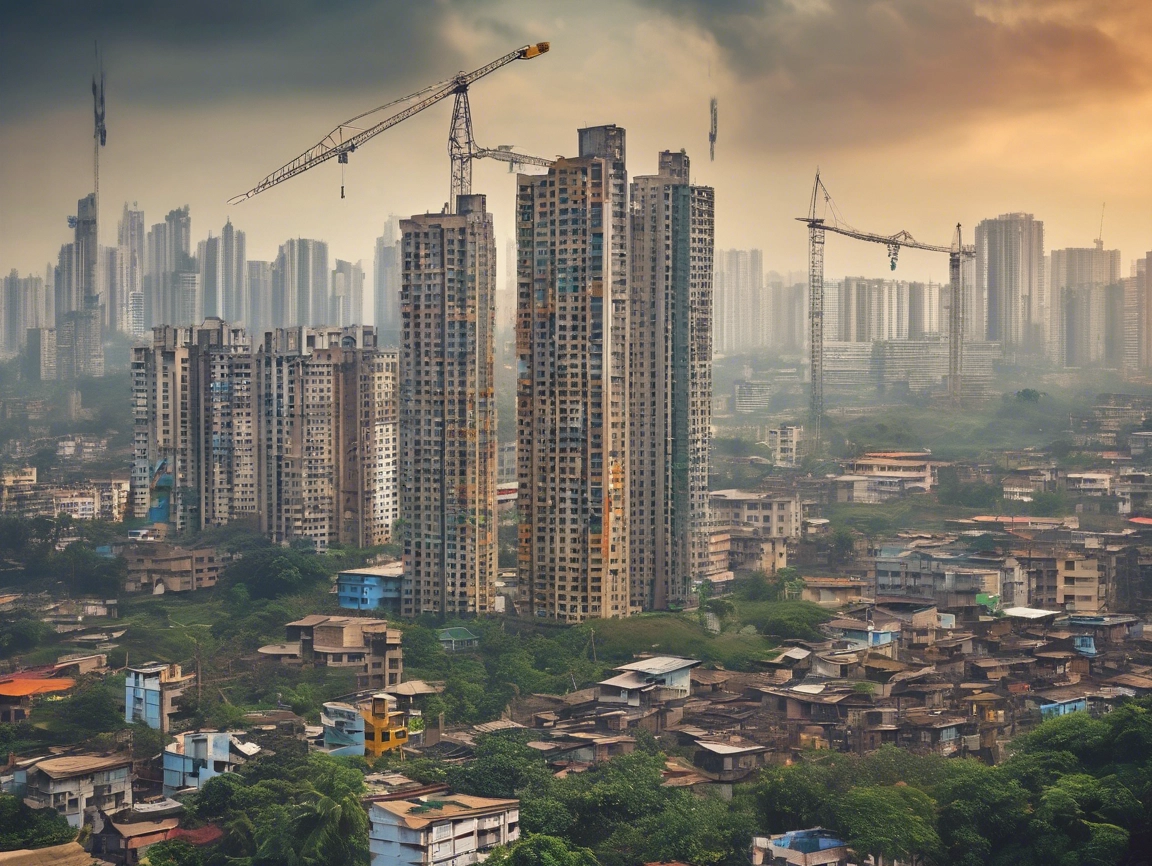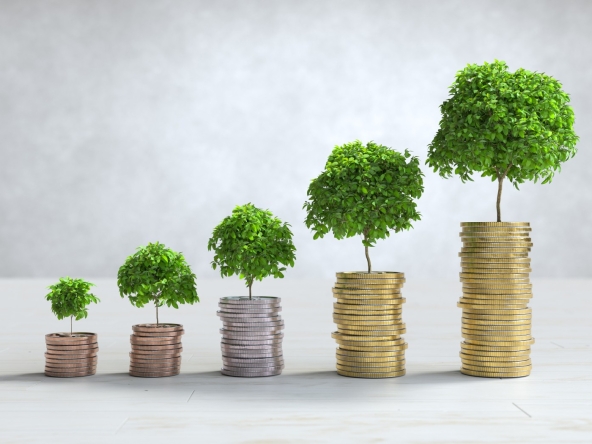Mumbai has always been a city of ambition. Yet today, more than ever, the future of Mumbai’s skyline reflects a bold shift—toward height, innovation, and global relevance. While history remains etched in stone, the city’s skyline is rapidly rising toward the future.
Let’s explore how this dynamic city is blending legacy and modernity, and what lies ahead.
🕌 A City of Contrasts: From Heritage to Modernity
To begin with, one must understand Mumbai’s dual identity. On one hand, historical landmarks like the Gateway of India and the Taj Mahal Palace Hotel continue to symbolize Mumbai’s rich colonial past. On the other hand, sleek skyscrapers pierce the sky just a few kilometers away.
Indeed, it is this juxtaposition of old and new that shapes the essence of Mumbai. While heritage buildings preserve the city’s soul, high-rises reveal its aspirations. Together, they create a visual harmony that few global cities can match.
Moreover, as urban planners work to protect architectural heritage, developers simultaneously strive to elevate the city’s skyline with modern towers. Consequently, Mumbai stands as a powerful example of heritage coexisting with innovation.
🏙️ The Rise of the Skyscrapers: A New Architectural Era
As Mumbai’s population continues to grow, vertical expansion has become a necessity rather than an option. Due to land scarcity and high demand, developers are looking skyward for solutions.
For instance, recent projects such as Lodha’s World Towers, Omkar 1973, and the Jio World Centre showcase a new era of architecture in the city. These aren’t just tall buildings—they’re entire ecosystems of lifestyle, commerce, and culture.
Additionally, modern architectural styles are now pushing the boundaries of engineering and aesthetics. With innovations in design and technology, many towers are earthquake-resistant, energy-efficient, and built with sustainable materials.
As a result, the future of Mumbai’s skyline is increasingly defined by ambition, resilience, and world-class design.
🌇 Transforming the Urban Landscape: More Than Just Buildings
Importantly, skyscrapers don’t exist in isolation. They transform the entire urban fabric around them. Not only do they offer vertical housing, but they also encourage infrastructure development and city-wide connectivity.
For example, high-rise zones are often accompanied by metro stations, skywalks, and multi-modal transport hubs. This, in turn, reduces traffic congestion and makes commuting more efficient.
Moreover, many of these developments include green spaces, podium parks, and community zones—elements that were previously missing in Mumbai’s dense urban areas. Consequently, residents enjoy improved air quality, recreational options, and social engagement.
Thus, these high-rises are doing more than changing the skyline—they’re enhancing quality of life for thousands.
🌱 Challenges and Sustainability: The Future of Mumbai’s Skyline
Of course, rapid urban development comes with challenges. One major concern is sustainability. In a city already grappling with pollution and climate concerns, building responsibly is no longer optional—it’s imperative.
Fortunately, many developers are now adopting eco-friendly construction methods. For example, buildings are being designed with:
- Solar energy systems
- Rainwater harvesting
- Natural ventilation and daylight
- LEED and IGBC green certifications
Furthermore, initiatives like urban reforestation and green rooftops are slowly becoming the norm. As a result, Mumbai is starting to balance its vertical ambitions with environmental consciousness.
However, sustainable growth will require strong policy support, public-private collaboration, and continuous innovation.
🌍 A Vision for the Future: Mumbai’s Skyline on the Global Stage
Looking ahead, the future of Mumbai’s skyline holds enormous potential—not just for residents, but for the entire economy. As Mumbai grows taller, it also grows more influential on the global map.
In fact, several international companies and investors are already eyeing Mumbai as a hub of opportunity. Skyscrapers with luxury residences, high-end offices, and retail spaces are attracting interest from NRIs, expats, and global real estate funds.
Additionally, Mumbai’s evolving skyline is redefining the city’s brand—from chaotic sprawl to cosmopolitan sophistication. This transformation, therefore, strengthens the city’s identity as a world-class financial and cultural capital.
🏁 Final Thoughts: Hope in Every High-Rise
In conclusion, the future of Mumbai’s skyline is not just about concrete and steel—it’s about vision, inclusion, and progress. As historic charm merges with futuristic design, Mumbai is scripting a powerful story of transformation.
From the heritage of Colaba to the towers of BKC, from sustainable living to global recognition, Mumbai’s skyline is soaring—both literally and metaphorically.
✅ Ready to Find Your Place in Mumbai’s Future?
Whether you’re looking to invest or simply admire the view, now is the time to explore Mumbai’s most promising developments.
Visit OneStopRealty.in for verified properties, expert guidance, and transparent deals across Mumbai and Thane.
📲 Follow us for daily home tips and property insights:
🔸 Instagram
🔸 YouTube



